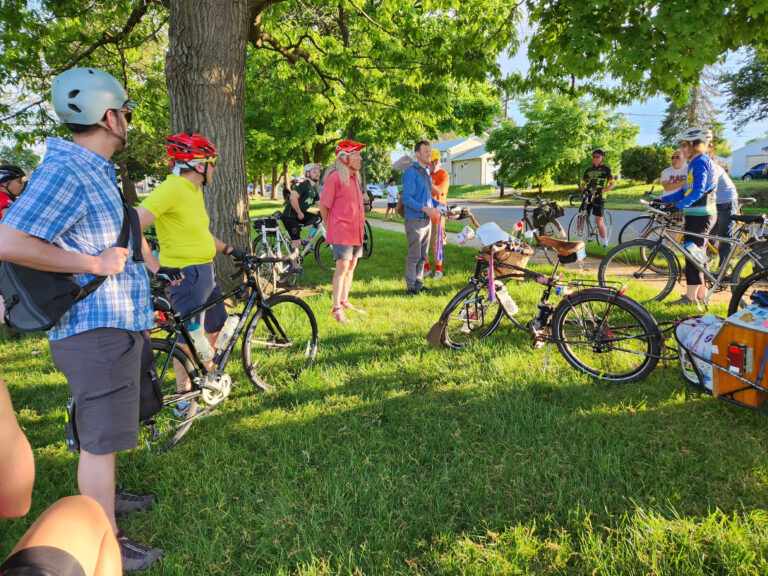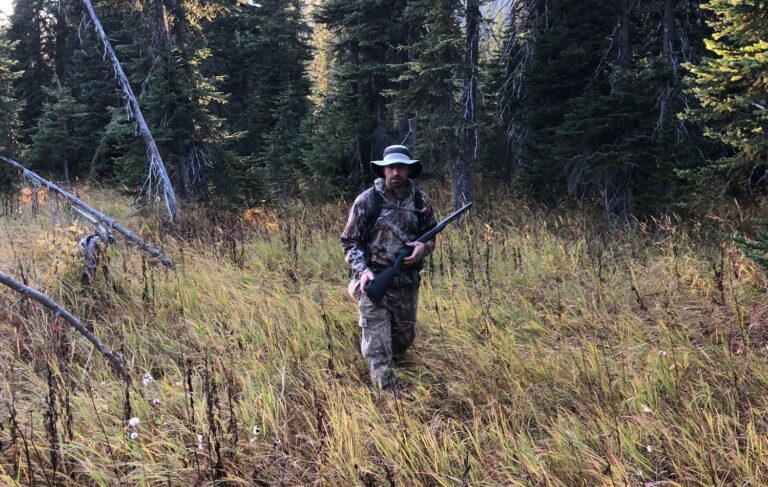I nearly always backpack solo. The adventure and admiration of nature largely replaces any need for social interaction. But I often find myself wishing for someone to banter with after setting up camp in the evening. Pegging a reason for this is difficult. But usually by the time darkness falls and I crawl into my sleeping bag, my thin layer of tent fabric provides a feeling of insulation from the outside world, and the prospect of a good night’s sleep after a long day of hiking helps to sooth any worries.
While I’ve done plenty of solo backpacking and hiking, as a longtime eastern Washington hiker and resident, it’s almost embarrassing how little hiking I’ve done in the Cascade Range. Recently I decided to start tackling this big debt, and first up was a 5-day solo backpacking trip in the Alpine Lakes Wilderness.
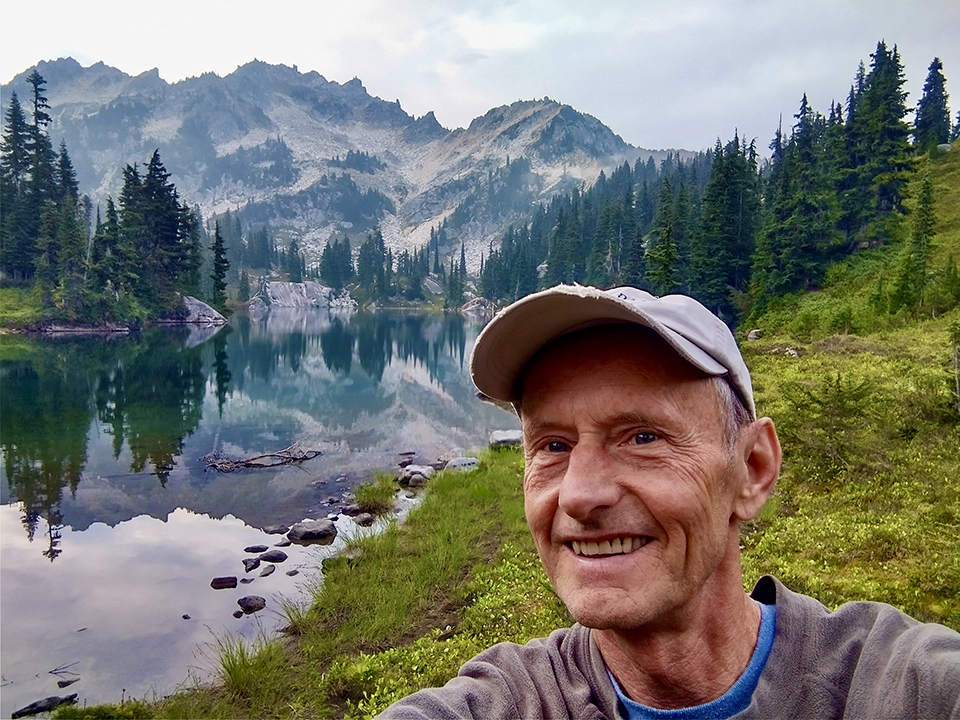
Heavily used areas of the wilderness have restricted camping, and available permits must be obtained in advance. I chose an area with less use and self-issued permits that you fill out at the trailhead, which was super accessible at Stevens Pass on Highway 2.
Starting my hike at 9:30 a.m. by heading south on the Pacific Crest Trail, it was soon apparent how far I was from being an early bird. Streams of hikers were coming at me, finishing their hike soon after I’d started mine. I found out this time of year is when PCT thru-hikers reach this area too, with many stopping at Stevens Pass to re-supply. One group was getting a hotel room in Leavenworth for a short break. I talked to two parties who’d started the first week of April at the US-Mexico border. It was the first week of September, so they’d been hiking for five months.
Reaching a trail junction at mile 3, I left the PCT and traffic diminished greatly. Though my first night’s destination was a modest 10-mile hike in, the last 2 miles had a 2,000-foot elevation gain. Shouldering a full backpack, I had to take frequent pauses.
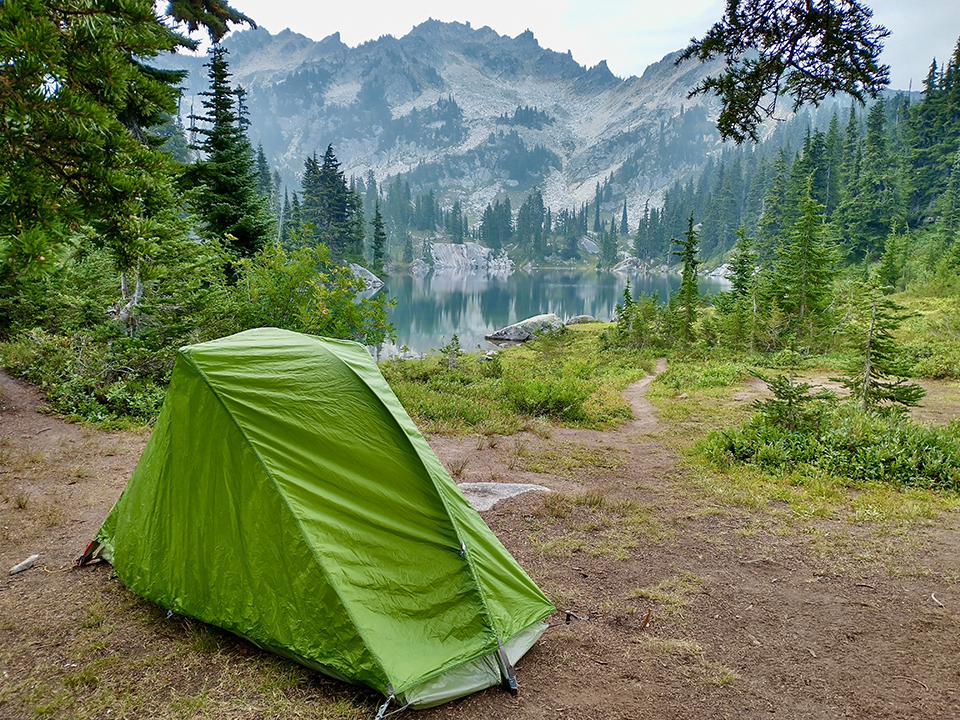
I arrived at Chain Lakes and unloaded at the first campsite I found. There would be no rambling along the lakeshore looking for the most scenic spot. Unexpectedly, I had to slap a few bothersome bugs while setting up camp, though things got better as my trip progressed. They’re more of a problem in the Cascades than I’m use to in the drier areas of eastern Washington. I give this issue attention because bugs, along with inclement weather, are big factors in backpacking enjoyment. Add in easier stream crossings because of late summer’s low flows and it’s my opinion that August and September are the best time for backpacking.
The next morning, I trudged on, going deeper into the wilderness. My second night was at a pretty, timber-shrouded lake with plenty of campsites but none occupied except mine, which brought some unease.
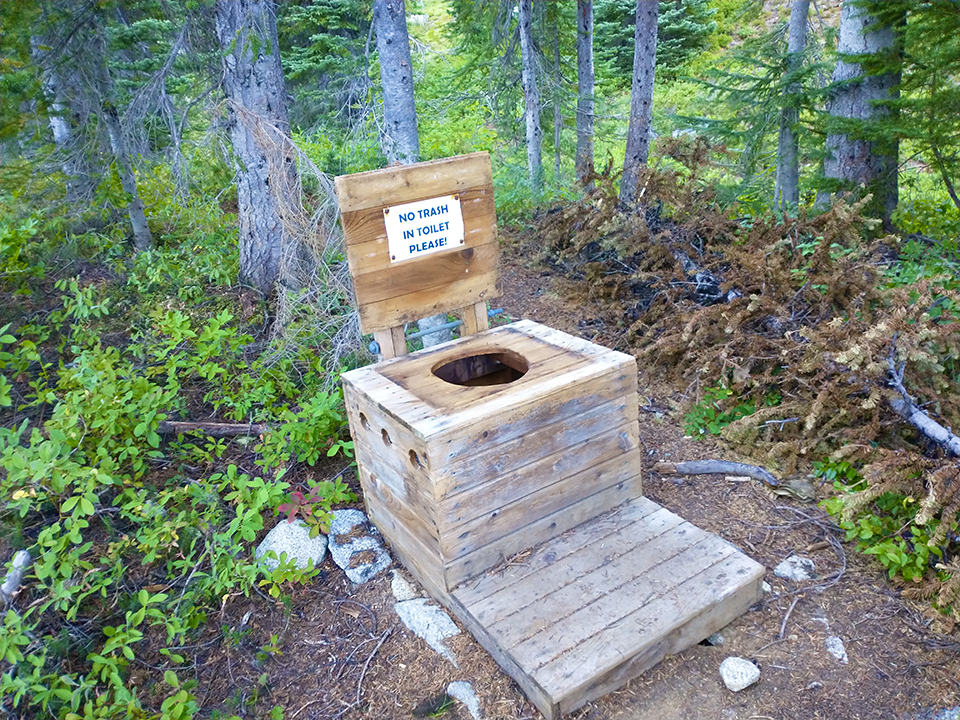
After a solitary night, I awoke to another beautiful day, and my evening edginess was gone, as always happens with a new day. After packing up and heading out, I hiked to another lake not too far away and set up camp. Carrying a light daypack, I explored the area and went off-trail to scramble up a couple of peaks. At a high-elevation pass, I conversed with a couple of women, one who looked to be in her mid-70s. As a fellow older hiker, I was hoping she’d reveal her age as we talked. A multi-day backpacking trip into the mountains is a tough gig even for the young. Alas, she didn’t, but I learned she and her friend were camped at the same lake as myself. Come nightfall, I wouldn’t be the only camper for miles around that night.
I enjoy hiking alone, so my occasional foreboding restlessness after I’ve set up camp in the evening is difficult to explain. If I hurt myself or became incapacitated, having help nearby would be reassuring. Trouble with an aggressive animal is a possibility, but has never happened in my years of camping experience. As best I can figure, being in the company of others is a natural human inclination. After a full day of solitary hiking, the desire for company comes about strongly, even if it’s only company by proximity without interaction.
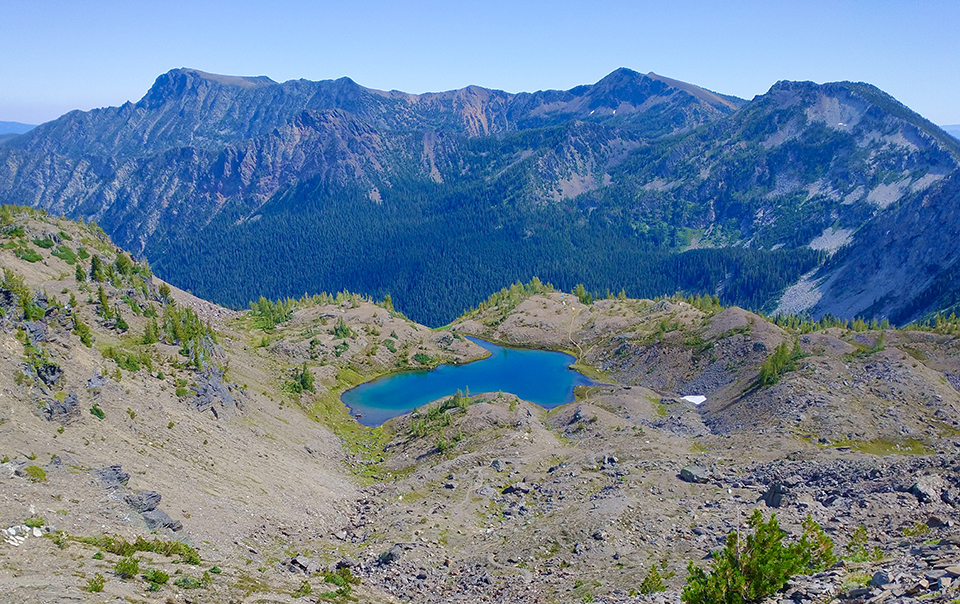
The next day, I began my two-day journey back to the trailhead. I hiked an open ridge top that paralleled the trail, giving me great views and an interesting landscape to explore until challenging rock formations made going difficult. I descended a steep slope and got back on the trail.
On my last night out, I experienced something new. I awoke in the early morning and couldn’t get back to sleep for more than an hour. It was very still—no wind, no moving water, no noise at all. At home, the quietest time of night is punctuated by a couple of clocks gently ticking, the refrigerator motor, the occasional distant sound of traffic. But the entire time I was awake, I heard not a sound. Perfect stillness and silence. It really struck me.
As I drove home the following evening, nearby fires were growing and smoke would envelope the Cascades. The Bolt Fire would close Highway 2 for weeks. I’d hit the perfect window to avoid bugs, smoke, and inclement weather.
I’m sometimes reluctant to do solo trips because of a nagging worry of some kind of unpleasantness happening. However, as I hike and explore a setting that sparks such admiration, reverence, and joy, it hits me how glad I am when I overcome my reluctance and get out on the trail. Despite the exertion and occasional discomfort, spending five days backpacking alone in the wilderness was a pleasant stint of an adventure. //
James P. Johnson was born, raised, and is a longtime resident of the Inland Northwest. He’s the author of “50 Hikes for Eastern Washington’s Highest Mountains.”










